Highlights of Australia: The yellow-footed rock-wallaby
Another of Australia's unique animals. On many of the small group package tours for mature and senior travelers in the Southern states this Wallaby is encountered. The Flinders range, Broken Hill, Eyre & York peninsula as well as the World heritages sites tours include this reclusive wallaby as part of the itinerary.
9 Jul 20 · 5 mins read

Highlights of Australia: The yellow-footed rock-wallaby
Today a threatened species, the yellow-footed rock-wallaby is one of Australia‘s most charming and attractive marsupials.
Yellow footed rock wallabies are the largest marsupial of the rock-wallaby family of wallabies. Sitting up, they reach a height of about 60 centimetres, and weigh between 6 and 12 centimetres. They are distinguished by their white cheek-stripes; orange ears, forearms, and hind legs; a striped tail; soft, white fur on the belly; and of course, their yellow feet.
Yellow footed rock wallabies are found in a number of small regions of the Australian landmass, including Idalia National Park, north of Charleville in Queensland; Mutawintji National Park, near Broken Hill; the Flinders Ranges and Gammon Ranges, in eastern South Australia, and the mallee landscape of the Gawler Ranges on the Eyre Peninsula, South Australia.

They are naturally drawn to a rocky habitat, semi arid areas of red dirt and mulga . Rocky outcrops provide shelter from extreme temperatures, and protection from predators. They feed on vegetation between rocks and at the bottom of rock piles. They can be somewhat fussy, preferring grasses and herbs when they’re available after rains, but will eat fallen leaves in times of drought. During summer, living in climates that can top 50 degrees Celsius, rock wallabies tend to be nocturnal, while they are active day and night during the winter. On cool mornings, they often sit up and bask in the sunlight.
Because their habitat tends to be fragmented, yellow footed rock wallabies form isolated colonies of up to and over 100 individuals. These groups are made up of smaller colonies, consisting of a dominant male, several subordinate males, a number of females, and an assortment of juveniles. Each smaller colony uses an area of around 1000 hectares.
Yellow footed rock wallabies generally get along well with one another, though they do not form close bonds or groom one another. Dominance between males is usually sorted without physical violence, through aggressive behaviours such as sniffing, hissing, stamping, pawing and chasing. Only the dominant male is able to mate. As females can breed continuously when conditions are favourable, there will usually be several young wallabies of various ages within the colony. The marsupial female may even have a small joey in the pouch and another that is almost independent.
The Adnyamathanha people of the Flinders Ranges called the wallaby andu. They hunted andu extensively, placing traps (pits disguised with broombrush) along their usual paths. However, the distribution of meat was under the control of initiated men, and exploitation was well regulated.
The first European to see a yellow-foot was most likely the explorer Edward John Eyre. During his exploration of the Flinders Ranges in 1840, he recorded seeing them in large numbers at Mt Aroona, noting in his journal that ‘they leapt and clambered up among the steep sides of the cliffs in a manner quite incredible.’
In the 1880s, yellow footed rock wallabies were said to occur in ‘droves of 60 or 70’. Tragically, hunting and introduced predators reduced their numbers considerably. Around the turn of the 20th century, tens of thousands of yellow-foots were hunted for ‘sport’ and profit. The beauty of their fur made shooting them profitable.
By 1912, the decline was obvious. The South Australian Parliament passed the Animals Protection Act, forbidding the hunting of yellow-foots for their skins. Yet, even after the hunting stopped, wallaby numbers did not recover as the wallaby competed with habitat destruction and introduced herbivores. Reduced populations now had to deal with feral catand fox predation and compete with introduced grazers, sheep, rabbits, and feral goats – with whom they share an overlapping diet and enter intense competition in drought.
In the 1970s, conservation efforts were stepped up. In 1975, the South Australia National Parks and Wildlife Service (NPWS) began formulating a management plan for the populations in that state and the wallaby had conservation status. Academics studied the breeding and population patterns of the wallabies, and plans were made to reintroduce a wallabypopulation with a genetic diversity of captive-bred animals back into the wild.
In 2000, yellow footed rock wallabies were considered a threatened species. Queensland had a total yellow-footed rock wallaby population of around 5000, while population numbers were much lower in New South Wales.
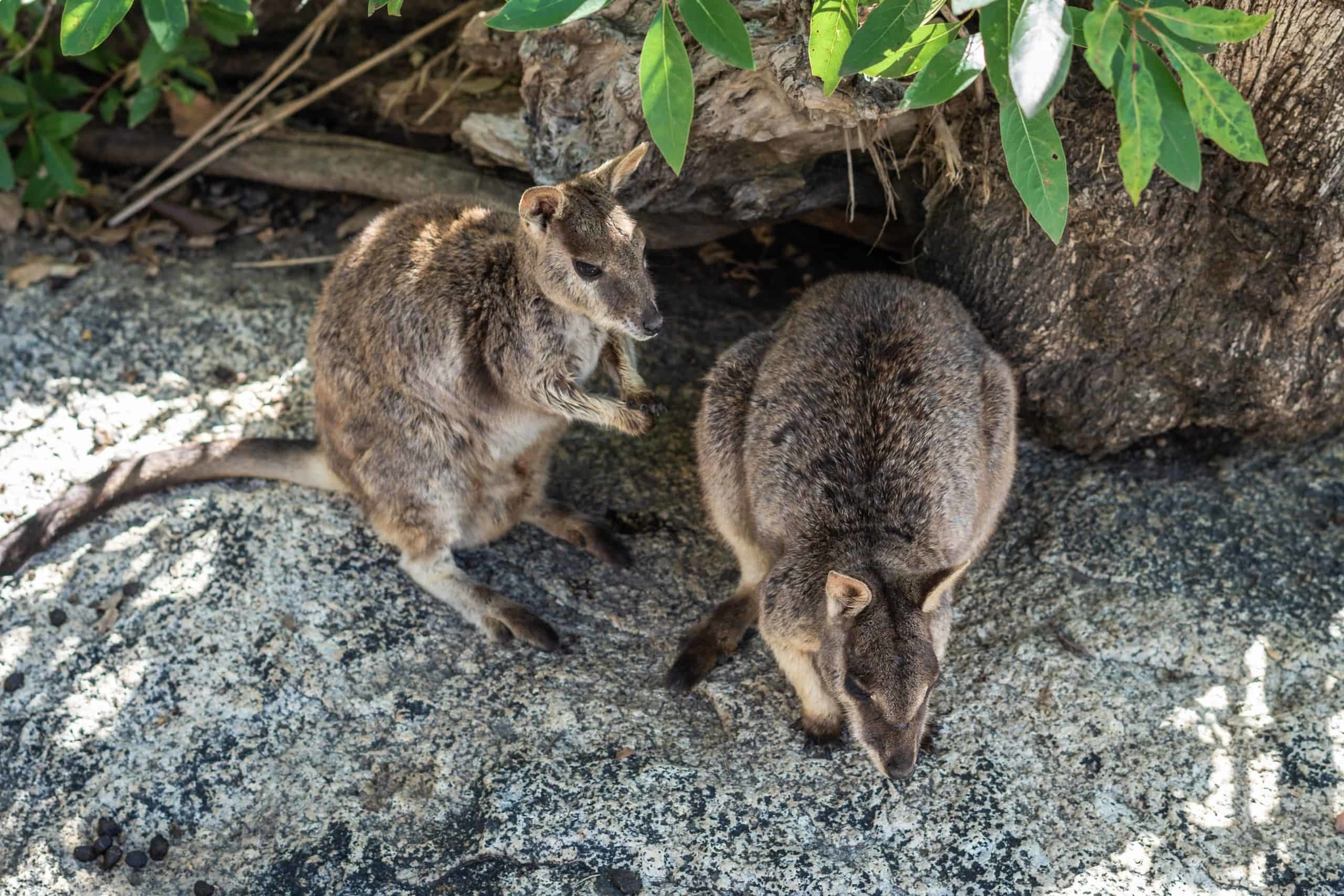
In the Flinders Ranges, the yellow-footed rock-wallaby was on the verge of extinction, with a population of only around 40 by 1992. Thanks to the elimination of predators and competitors – foxes and goats – they have since bounced back, with more than 1000 living around Brachina Gorge. Similarly, the Gawler Ranges National Park has seen a population of around 6 bounce back into the hundreds, thanks to skilful conservation management.
Despite this encouraging population growth, the yellow-footed rock-wallaby remains a vulnerable species in South Australia, and an endangered species in New South Wales and Queensland.
Odyssey Traveller visits regions with significant yellow footed rock wallaby populations on two of our Australia tours: our tour of the Flinders Ranges, and our tour of the Eyre Peninsula, Yorke Peninsula, and Gawler Ranges.
The Flinders Ranges and Gawler Ranges are some of the most accessible parts of the Australian outback. Our Flinders Range tour begins in Adelaide, before heading to Port Augusta at the top of the Spencer Gulf, where we learn about the outback at the Wadlata Outback Centre. We then head further into the arid heart of South Australia, exploring Coober Pedy, Woomera, and the Oodnadatta Track, before taking a scenic flight over Lake Eyre. We then journey to the northern Flinders Ranges, beginning with a hike at the Arkaroola Wilderness Sanctuary, before heading on to Wilpena Pound (or Ikara Flinders), a natural amphitheatre surrounded by a mountain range in the iconic Flinders Ranges National Park. We learn about its spiritual significance to the Adnyamathanha Aboriginal culture on a guided walk. The majestic Flinders Ranges are home to several places of natural beauty, including Parachilna Gorge, Bunyeroo Gorge and Rawnsley Bluff, accessible via short walking trails. Finally, we head through the southern Flinders ranges on our return to Adelaide.
We also have the chance to encounter a yellow footed rock wallaby on our visit to the Gawler Ranges, as part of our tour of South Australia focusing on the Eyre Peninsula and the Yorke Peninsula. This small group tour takes us around the Eyre Peninsula, Australia‘s ‘seafood frontier’, visiting Port Lincoln, and seeing native wildlife, including Australian sea lions and fur seals, and the great white shark. We go bushwalking among sheltered creeks, ancient cliffs and rolling hills of red dirt in the Gawler Ranges, and enjoy spectacular views of Lake Gairdner; while on the Yorke Peninsula we learn about the Cornish heritage and copper mining history of the area before heading south to trail along the Southern Ocean’s eerie ‘shipwreck coast’, enjoying panoramic views of the ocean.
Odyssey Traveller has been serving mature and senior travellers, with a passion for authentic travel experiences, since 1983. We move in genuinely small groups, usually 6 to 12 people plus your guide! Our tour price generally includes accommodation, transport, entrance to attractions, and several meals.
Travellers with an interest in visiting Australia may want to check out our Adelaide city and surrounds guided tour (including Kangaroo Island, the Barossa Valley and McLaren Vale wine regions, Adelaide Hills and the Murray River), our wildflowers of Western Australia tour, and our tour of Marvellous Melbourne.
Articles about Australia published by Odyssey Traveller:
- The Kimberley: A Definitive Guide
- Uncovering the Ancient History of Aboriginal Australia
- Aboriginal Land Use in the Mallee
- Understanding Aboriginal Aquaculture
- Mallee and Mulga: Two Iconic and Typically Inland Australian Plant Communities (By Dr. Sandy Scott).
- The Australian Outback: A Definitive Guide
- The Eyre Peninsula: Australia’s Ocean Frontier
- Archaeological mysteries of Australia: How did a 12th century African coin reach Arnhem Land?
For all the articles Odyssey Traveller has published for mature aged and senior travellers, click through on this link.
External articles to assist you on your visit to Australia:
- Goverment of South Australia fact sheet: Yellow-footed rock-wallaby
- Australian Wildlife Conservancy: Yellow-footed rock-wallaby
- NSW Office of Environment and Heritage: Yellow-footed rock-wallaby
- Bounceback – building resilience across the ranges
- Flinders Ranges and Outback (South Australia tourism)
- Essential Guide to the Flinders Ranges
- Gawler Ranges National Park
Related Small group package Tours in Australia
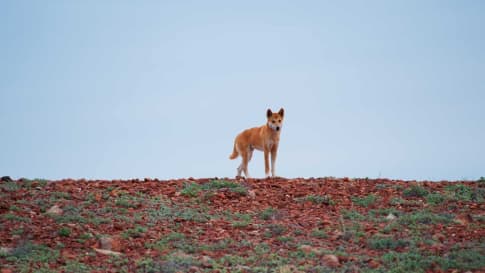
days
Apr, May, Jul, Aug, Oct +2Small group tour of Australia's Flinders ranges
Visiting South Australia
Escorted small group tour of the Flinders range in South Australia from Adelaide. Learn about Coober Pedy, Wilpena pound and water system of Lake Eyre as we explore and learn also about the history of the people who explored the Flinders.

15 days
Sep, Dec, Jan, Feb, Mar +2Eyre & Yorke Peninsulas, and the Gawler Ranges
Visiting South Australia
Small group tour South Australia. Yorke, Eyre, and Gawler Ranges, discover the local history.
From A$10,350 AUD
View Tour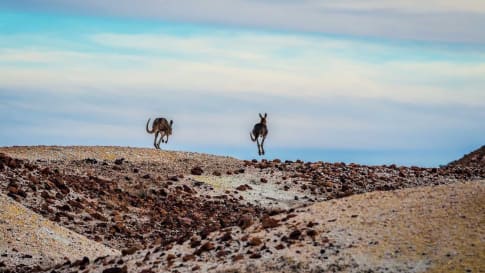
13 days
Mar, OctSmall group tour; Broken Hill and back
Visiting New South Wales, Queensland
Small group tour of New South Wales, Queensland & South Australia deserts, from Broken Hill. Learn about the history of the people who explored the deserts, from indigenous communities to Europeans, as well as Burke and Wills, visit White Cliffs, Birdsville, Maree.
From A$11,550 AUD
View Tour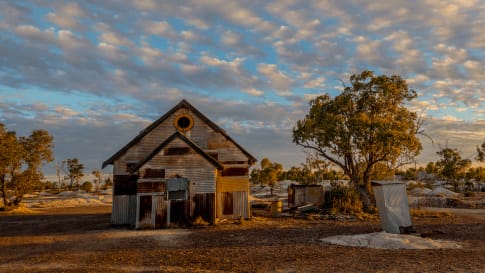
days
Mar, Apr, May, Jul, Aug +2Small group tour of outback Queensland
Visiting New South Wales, Queensland
To Dubbo and back, this small group tour takes you to learn about the Brewarrina fish traps, we travel high up into North Queensland to see the Dinosaurs of Winton and incredible Aboriginal rock art at Cathedral gorge and learn about opal mining and the history of Lightning ridge.
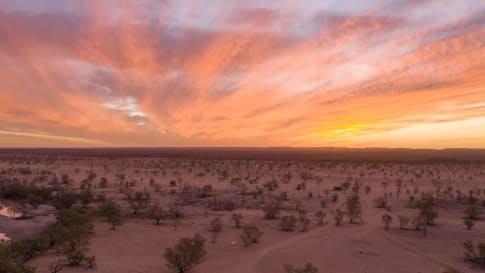
days
May, Jun, Jul, Aug, Sep +2Small group tour of Queensland
Visiting Queensland
On this Queensland Outback small group tour we travel west from Brisbane all the way to Birdsville then continue high up into North Queensland to see the Dinosaurs of Winton and incredible Aboriginal rock art at Cathedral gorge.
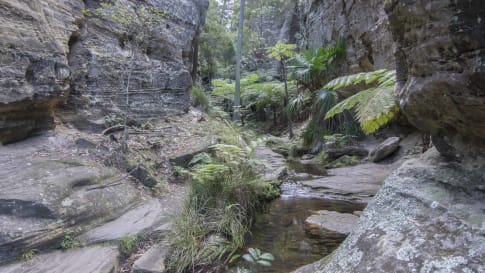
days
Feb, Mar, May, Jun, Jul +3Small group tour of Queensland - 11 days
Visiting Queensland
To short break in Queensland's Outback is a small group tour taking for a glimpse of the landscape and history of the state. We you to learn about the Carnavorn Gorge, and also we travel high up into North Queensland to see the Dinosaurs of Winton and incredible Aboriginal rock art at Cathedral gorge.
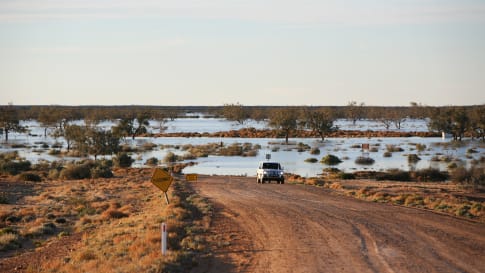
65 days
MarLong tour of Australia for a small group
Visiting New South Wales, Northern Territory
Small group tour for senior couples and solo travellers touring Australia. Travelling through the outback and visiting many of the famous sights as well as off the beaten track locations. Learn about the history of the people who explored the deserts, from indigenous communities to Europeans, as well as Burke and Wills, visit White Cliffs, Marree and far north Kakadu and the Kimberley.
From A$48,995 AUD
View Tour
days
Feb, Apr, May, Jun, Jul +3Small group Motorcycle tours; Broken Hill and back
Visiting New South Wales
Small group tour of New South Wales, Queensland & South Australia deserts, from Broken Hill. Learn about the history of the people who explored the deserts, from indigenous communities to Europeans, as well as Burke and Wills, visit White Cliffs, Birdsville, Marree. Explore the outback by motorbike limited to 8 riders.

days
Mar, May, Aug, Sep, Oct +2Small group tour of World Heritage sites and more in the Southern States of Australia
Visiting New South Wales, South Australia
Discover the World Heritage Sites of the southern states of Australia travelling in a small group tour. A journey of learning around the southern edges of the Murray Darling basin and up to the upper southern part of this complex river basin north of Mildura. We start and end in Adelaide, stopping in Broken Hill, Mungo National Park and other significant locations.

days
Feb, Mar, May, Jul, Sep +2Guided small group motorcycle tour of World Heritage sites in Victoria and South Australia
Visiting
Discover the World Heritage Sites of the southern states of Australia travelling in a small group tour of like minded motorcyclists. A journey of learning around the southern edges of the Murray Darling basin and up to the upper southern part of this complex river basin north of Mildura. We start and end in Adelaide, stopping in Broken Hill, Mungo National Park and other significant locations.

days
Feb, Mar, Apr, May, Jul +2Small group Motorcycle tour of South Australia
Visiting South Australia
Escorted small group tour for senior motorcycle riders of the Flinders range in South Australia from Adelaide. Learn about Coober Pedy, Wilpena pound and water system of Lake Eyre as we explore and learn also about the history of the people who explored the Flinders.
Articles

Aboriginal culture of the Flinders Ranges, South Australia
The iconic Flinders Ranges of South Australia have a rich Aboriginal heritage and are home to a number of vitally important cultural sites and ancient artworks that this small group tour for mature and senior travellers has the opportunity its to learn about.

Flinders Ranges National Parks, South Australia
Rugged mountains, tree-lined gorges, an abundance of wildlife, and important Aboriginal works : the national parks of the iconic Flinders Ranges including Wilpena pound are the beginning of Australia's outback that we explore on a small group tour for mature travellers.

Landscape of Southern Australia from Mallee and Mulga.
Escorted small group tours for mature and senior travellers in Western Australia, Victoria, South Australia & NSW drive through former Mallee country. Article explains the iconic beginnings of Mallee and Mulga in the arid landscapes.

Wilpena Pound, South Australia
Learn more from this article about a geologic icon of South Australia. The scale of this feature is beyond comprehension. Odyssey offers small group package tours to Flinders range every year that include visits and time here. Tours are for mature and senior travellers, couples and singles interested in learning and getting off the beaten track.

Birdsville and the Birdsville Track, Queensland
An icon of the Australian Outback. See and learn about the history of the outback both British settlement and aboriginal history out in the heat of the Australian desert! Small group package tours for mature and senior travellers couples for singles show you this often harsh environment full of stories.

Gawler Ranges and Lake Gairdner, South Australia
South Australia proves itself to be interesting from a landscape, wildlife and human history perspective on this collection of Australian tours. These 3 facets form part of a small group package tour for mature and senior travellers to consider with a group leader, whether as a couple or single traveller exploring the Eyre and York Peninsula.

Oodnadatta, South Australia
Oodnadatta is an adaptation of an Arrernte word utnadata meaning 'blossom of the malga'. This town was part of a network of Aboriginal trading routes existing for tens of thousands of years. Learn and discover more on a small group tour of the Flinders ranges.

The Australian Outback: A Definitive Guide
Explore learn and consider what is the outback in this article. For mature and senior travelers considering joining a small group package tours into the outback to see, learn and explore about this unique place, not only the landscape but the Aboriginal approach to living. On each of the tours for couples and the single traveler you learn something different but fascinating, from Outback Queensland, the Flinders, Broken Hill and the Kimberley and the wildflowers all contribute to this question, what is the outback?




